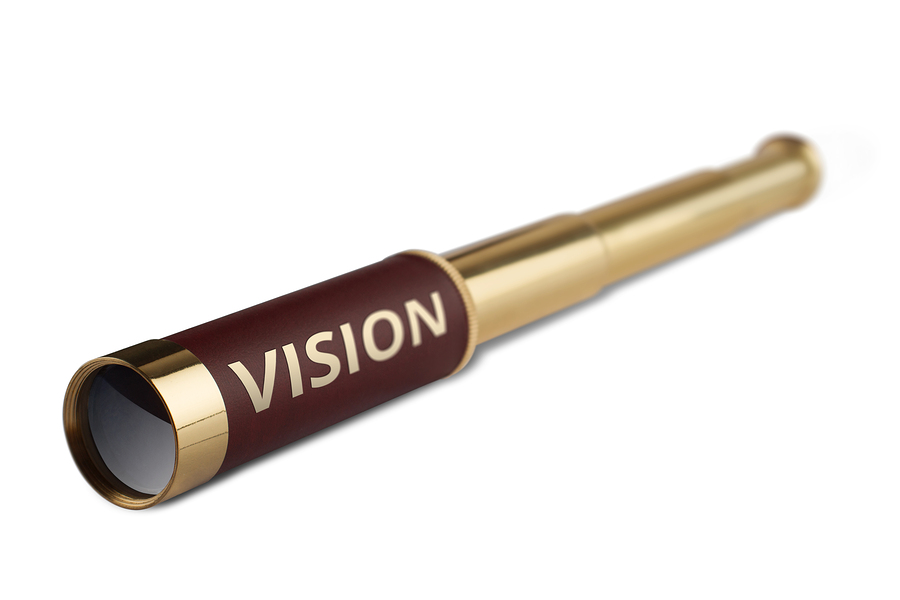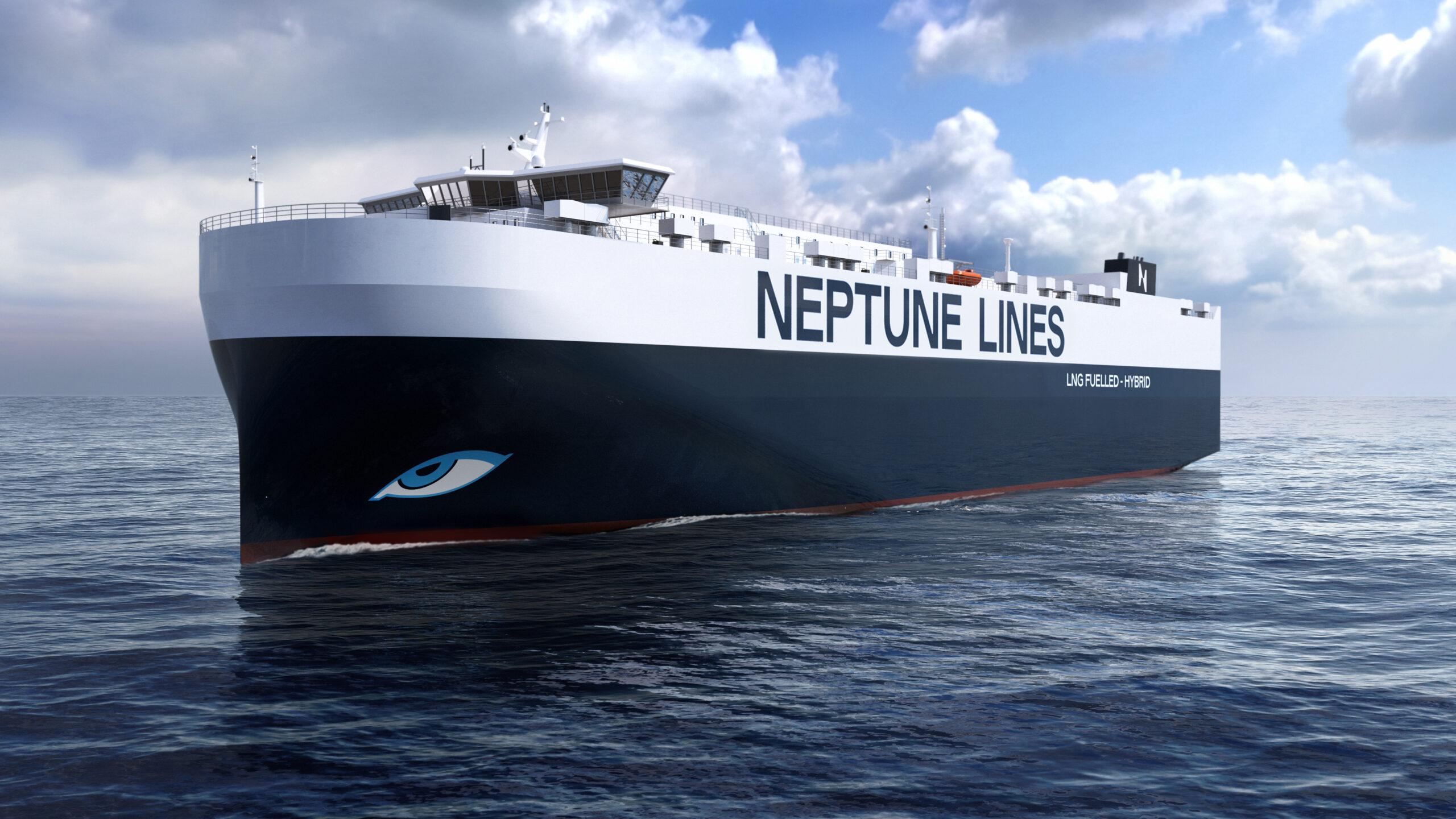By Craig Eason, Editorial Director, Fathom World.
THERE are a growing number of companies providing vessel, route and fleet performance solutions. I can list about 20 providing various solutions and there may be more. These companies are n an arms race to get ever better solutions to an industry that is under pressure to change. And the solutions are getting better. As these companies get more data, they can make much better algorithms to make their tools much better.
They are becoming an indispensable tool in a market that is coming to terms with digitally induced change. But with the vessel or its voyage getting optimised, it is now time to look at how performance data can be better utilised in design.
The adage that a vessel should simply steam at full speed of its next port is an old one, borne out of the archaic texts of charter party agreements. But while this was a block to getting owners, that chartered vessels to fuel paying clients, to accept this change, that wall is coming down.
With so much more acceptance that data can provide the insight to save fuel and operating costs, there is now the question of how that data gets used to create design improvements.
Thanks to the immediacy of data analytics, designers can now use that information, coupled with their own software tools, to improve the next generation of vessels.
Add to that the growing levels of software and systems that can be integrated, and put into a newbuilding and you can begin to understand the pending design revolution. Whether it is the start of modular ship design, or really acting on the thoughts about what is actually needed on a ship, you begin to see how shipbuilding and ships are going to change.
The talk of higher levels of autonomy raise the question of functions onboard, while unmanned ships of course raise the question about wheelhouse design and necessity.
When we look broadly at industry and shipping 4.0 and the smart vessels we have to think about what this all means in terms of design, says Rikku-Pekka Hägg, vice-president of ship design at Wärtsilä ahead of the next Fathom World Smart Talk Webinar.
There’s more data, sensors and connectivity than ever before he points out. That means we are in a position to start making real changes in how we define a ship as we compute data into insight.
Taking this evcen further, and it soon turns the question on how smart ships link with smart ports, what facilities will future ports need in the future.
The thing is, says Hägg, we know this is coming, and he’s right it is exciting, but we don’t know how quickly. It may be ten years, it may be four.
Whatever the time line, the prototypes and demonstration models of shipping 4.0 will likely emerge this year and next and herald a new rate of change.
Join me for our first Fathom World Smart Talk Webinar of 2018
Craig Eason
Editorial Director
Fathom-News.com

































